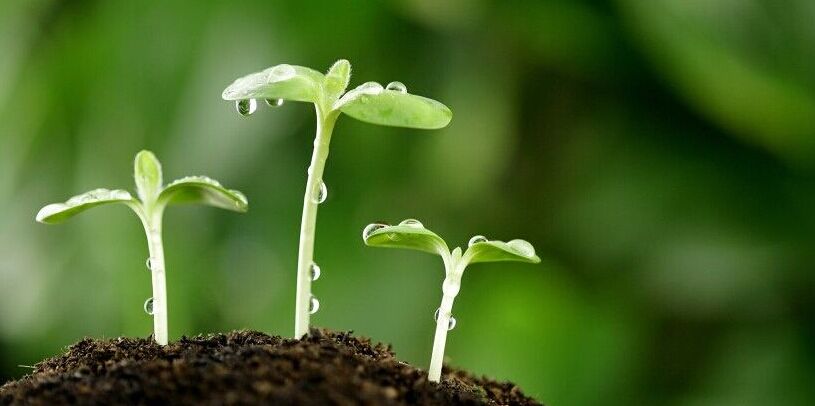Fundamentally, it is common knowledge that light is necessary for seed germination. Also, if you’ve tried germinating seeds indoors, you’d have observed the need for grow lights since sunlight is not available.
However, it is interesting to note that some plants do not require light for their seed-germination process.
For plants to thrive, they need three basic requirements, soil, water, and light. These elements are needed in the right amount to sponsor photosynthesis for sprouting seeds; light is sometimes not required for this process. The reason is, some plants do well in darkness than with sunlight.
This article will answer all your questions regarding the necessity of light for seed germination and much more; read till the end.
What Is Seed Germination?
By basic definition, seed germination is the process in which seeds grow into fully mature plants. What happens during this process ends up influencing both the seed quality and that of the plant.
Remember that for this to happen, some environmental factors have to trigger the event.
So, how the seed grows is affected by how you plant it, the temperature around it, humidity, and much more.
Generally, plants can be classified based on the type of germination they undergo. The classification, in this case, is based on how the cotyledons are present (the first leaf the sprouted seeds get to produce). These two types include:
- Epigeal germination
- Hypogeal germination
In epigeal germination, the cotyledon breaks out through the soil as a result of the elongation and rapid growth of the early part of the stem (hypocotyl). This type of germination is very common in plants like beans and castor.
While in hypogeal germination, the cotyledons remain buried within the soil as a result of the quick sprouting of the epicotyl (the part of the stem of the sprouting plant just above the cotyledon).
Let’s take a look at the seed germination stages now.
Seed Germination Stages
For a seed to properly germinate, it needs to go through this entire process:
1.The absorption stage:
This stage is also called the imbibition stage; it is where the dry seeds get to absorb water and swell. The result of this swelling causes the seed coat to break or rupture.
2.Oxygen Intake, Respiration, & Metabolic Phase:
As a result of the imbibition of water in the first stage, metabolic activity is triggered within the seed. Then, the process of aerobic respiration sets in because the seed initially does not have oxygen.
Also, at this stage of seed germination, the seed requires some level of energy to continue with the growth process. This energy comes by glycolysis.
Glycolysis is the breakdown of glucose within the plant so that there can be a release of energy for vital functions.
So, oxygen then begins to find its way into the seed, and respiration becomes aerobic. For most plants that thrive on land, the source of their oxygen is usually the air from the soil on which they are planted. The knowledge of this is what informs plowing and loosening of the soil before sowing.
For seeds that grow in water, they derive their oxygen from the dissolved oxygen in the water.
To be continued…

